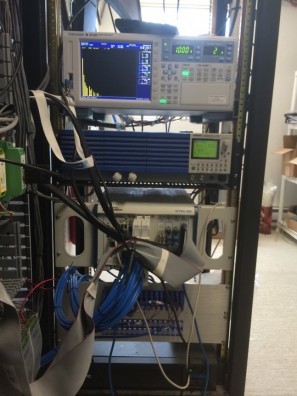Power Quality of Solar Photovoltaic Inverters
With the introduction of Ontario’s Feed-In Tariff program, the fraction of solar energy in the province’s electricity mix is rapidly increasing; making the quality of the electrical power produced by solar inverters an increasingly important topic. This is because electronic devices are designed to function within certain tolerances in regards to electrical power. If a device is forced to work outside of these tolerances, it may malfunction or be damaged. A key component of good power quality is the mitigation of harmonic components that may occur in the alternating current waveform as a result of the switching technology used in the inverter. Harmonic current components are small current signals that occur at integer multiples of the fundamental frequency of 60 Hz (ie. at 120 Hz, 180 Hz, 240 Hz, etc.) that distort the purely sinusoidal shape of the current waveform. Previous observations at the Living City Campus photovoltaic (PV) testing facility suggests that harmonic distortion may increase during periods of low power production and also during transient irradiance conditions. This study delves deeper into these observations by monitoring the power quality of four different solar installations, each with different inverter topologies. The primary objective is to perform a harmonic distortion analysis at each installation, according to the IEEE 519 standard, to identify any conditions that may cause the harmonic distortion to be prohibitively high. Other interesting or unexpected power quality events may also be identified.

